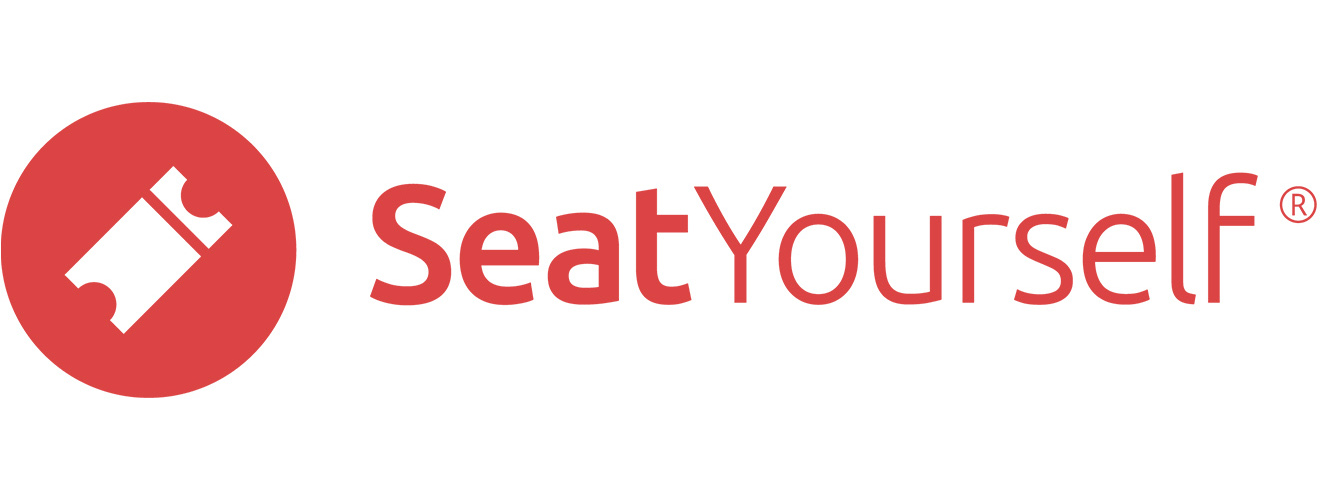This page lists some small but useful features.
Make an event invisible to regular shoppers
You can make an event invisible to regular shoppers, but still visible to you, after you login and click the View shopping page link in the Management panel.
Here are two situations in which you might want to make an event invisible to your patrons:
- You want to test advanced features like social distancing buffers or complex pricing
- You want to take a canceled event off the calendar that shoppers see, but leave it intact so that we can process refunds and requested donations.
And here is how to do that:
- Find the dashboard’s line for the event.
- Click on the blue config button near the right end of that line.
- Open the Visibility and name section if it’s not already open.
- Make a choice from the Visibility of this event dropdown.
- Make a choice from the Which events to update dropdown. You have the option to change the visibility for just the event whose config page you are on, all events in the same production, all following events, or all future events in your account.
- Submit the change.
If you want to make one of the last two choices and you’re unsure of the effect, email us before you submit.
Once you’ve made the event invisible, you can enable sales for it without worrying that your patrons can buy tickets.
Change the names of some of the events in a run
You can set up a single production with a single name, seat chart, and price structure, and then add extra information to specific performances afterward. The most common example is to add a suffix to the production name (e.g., Wicked – GREEN CAST). You can set the extra text as a prefix instead of a suffix, or have it replace the production name entirely. Here’s how to customize the name of a single event:
- Find the dashboard’s line for the event.
- Click on the blue config button near the right end of that line.
- Open the Visibility and name section if it’s not already open.
- Make a choice from the How the event on [event date and time] should be named dropdown.
- Type the additional or replacement text in the field directly below.
- Make a choice from the Which events to update dropdown. You have the option to change the name for just the event whose config page you are on, all events in the same production, all following events, or all future events in your account.
- Submit the change.
If you want to make one of the last two choices and you’re unsure of the effect, email us before you submit.
Once you’ve made the event invisible, you can enable sales for it without worrying that your patrons can buy tickets.
Always present events in a list instead of a calendar to shoppers
The system shows events to shoppers in calendar when the shopper is using a PC, and in a list if they are shopping on a phone or tablet. In some situations, e.g., when there is only one event, a calendar is an awkward presentation. You can set your account to always present performances in a list, always in a calendar, or to use the default convention of calendars for PCs and lists for smaller screens. Here’s how to configure the account:
- Find the Starting view for shoppers dropdown in the Management panel of the Seat Yourself dashboard.
- Choose the setting you want from the dropdown.
Shoppers always have the option of switching from one presentation to the other while shopping, regardless of your setting and their device.
Auditor user logins
You can give someone access to reports on past events without allowing them to change any account information. This feature was added in response to a very small number of very vehement requests from county auditors.
The auditor account login is the same as your regular login, but with /audit as a suffix. For example, the auditor login for our demo account is demo/audit.
You set the password for the account by clicking on the Auditor user password link in the Management panel of the Seat Yourself dashboard.
Someone logged in as an auditor can see reports on past events, but not much else. The main intended use is for auditors to view Disbursement reports, along with the various sales and reservations reports, down to any level of detail desired.
Gate user (usher) logins
You can allow someone access to the QR-code scanning feature of the system without letting them login to do anything else.
The auditor account login is the same as your regular login, but with /gate as a suffix. For example, the auditor login for our demo account is demo/gate.
You set the password for the account by clicking on the Gate user password link in the Administration panel of the dashboard. Type the password in the field and submit the change.
Someone logged in as an gate user can scan QR codes on phones, tables, and dedicated QR code scanners, and nothing else. For more on the scanning feature, see Scan QR codes at the door with phones and tablets
